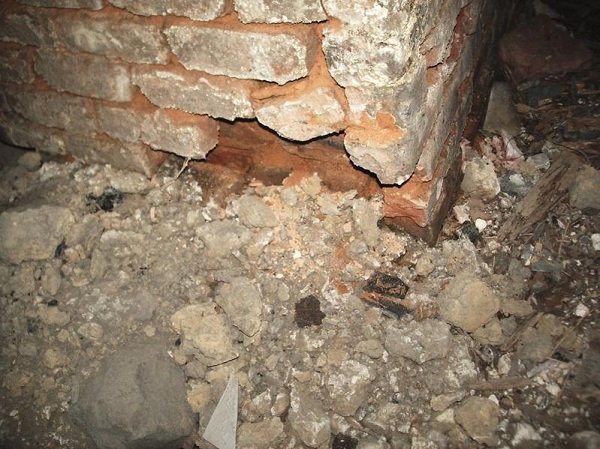Causes of Foundation damage and Retrofitting
In one of my previous articles, we discussed various steps in which the survey of the foundation has to be done in order to be considered for retrofitting.
In this article, we will discuss various reasons or causes for the damage of the foundations.
Types of foundation damage can be classified as follows:
Erosion
Settlement in the ground
- Groundwater lowering
- Limited bearing capacity of the ground (land)
- Uneven bedrock depth
- Excavations performed below the foundations and poor quality of backfill
- Increased load on the ground leading to failure
- Damage to the neighbouring houses
- Horizontal movement occurring in the ground
Frost heave/adfreezing
Alum shale
Now we will move on with the discussion in detail on the types of foundation damage occurring due to Settlement in the ground.
Lowering in the Groundwater level
When the buildings are built on compressible soils, the resulting stress on the soil causes the soil to compress. Raft foundations are used in these kind of soils.
Since the soil undergoes compression the upper portion of wooden piles rot when groundwater level sinks.
There are various conditions which can cause the changes in the groundwater level or pore water pressure. They are as follows:
- Ice Static Rebound
- Dewatering (seen in cities)
- Ditches and pipes below the groundwater level
- Deep Foundations and Basements (causing further drainage of the ground
- Tunnelling
- By the removal of foundation sills
- Construction of non-permeable surfaces such as roads, pathways causing the least amount of natural precipitation
- Use of deciduous trees should be avoided in areas with low groundwater. They require a lot of water for their growth. They pull all the water that is available around them causing the lowering of groundwater.

